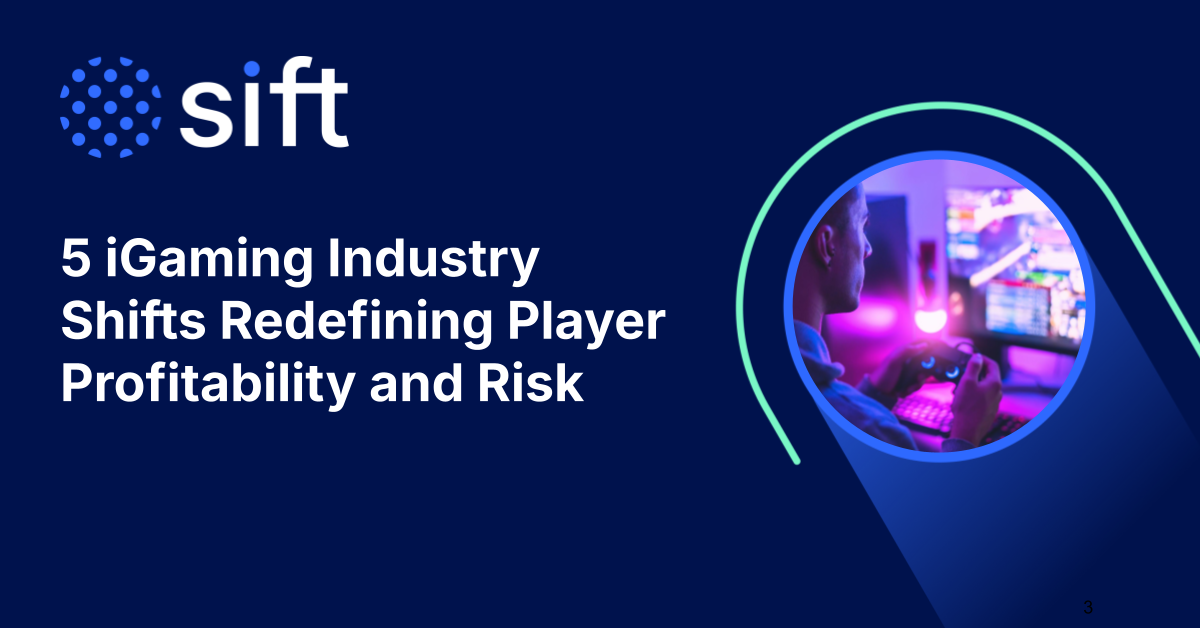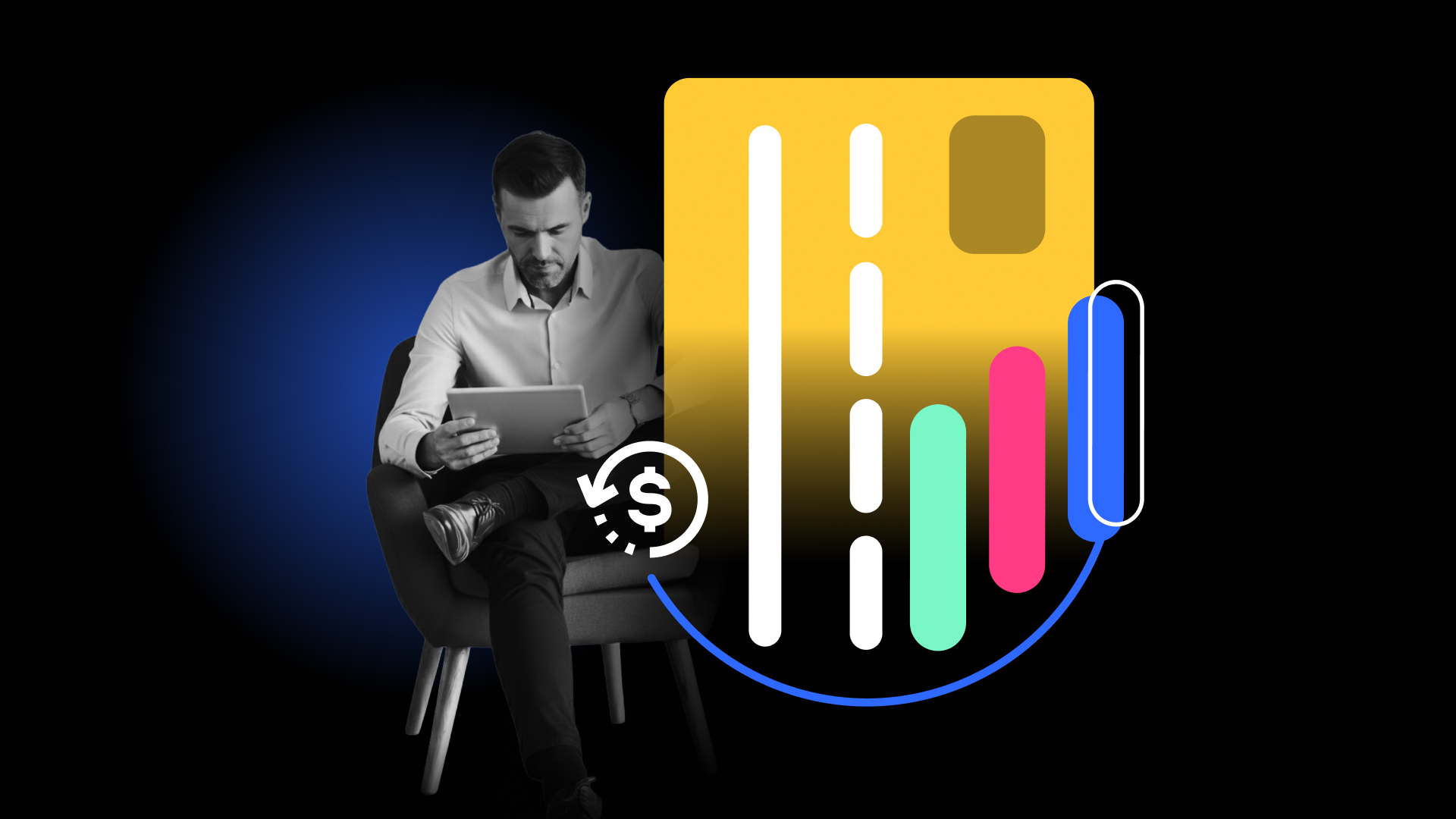Embracing payment fraud prevention fosters financial resilience and safeguards your company’s reputation. Nearly half of consumers surveyed by Sift (49%) have fallen victim to payment fraud over the past 1-3 years, with 41% of those in the last year. Of those victims, 77% had unauthorized purchases using the consumer’s payment information stored on a website or app.
It’s not too late to invest in payment fraud prevention that protects your business and customers from unauthorized access, but what are your options? Read on to discover the top fraud prevention strategies to safeguard your business from the consequences of payment fraud.
Understanding payment fraud
Payment fraud refers to deceptive and unauthorized activities aimed at manipulating digital transactions. It typically involves credit cards, online payments, and other payment methods, with the intent to unlawfully obtain funds or goods.
Payment fraud poses a significant threat to the security and trustworthiness of payment systems. It encompasses various tactics such as identity theft, phishing, and unauthorized access, emphasizing the need for robust security measures to prevent financial losses and maintain the integrity of digital payment channels.
What are the types of payment fraud?
There are several types of payment fraud, each posing a threat to your company’s bottom line.
- Credit card fraud: Illegitimate use of credit card information to make unauthorized purchases or withdrawals.
- Debit card fraud: Unauthorized access to debit card details resulting in fraudulent transactions or withdrawals from the linked bank account.
- Bank fraud: Deceptive activities targeting a bank’s systems, often involving unauthorized access, to manipulate accounts or transactions for financial gain.
- Mobile payment fraud: Illicit schemes that exploit vulnerabilities in mobile payment platforms to make unauthorized transactions or gain access to sensitive information.
- Wire transfer fraud: Fraudulent manipulation or interception of wire transfer instructions, often resulting in the misdirection of funds to unauthorized recipients.
- Check fraud: Dishonest practices involving checks, such as forging, altering, or counterfeiting, to illegally obtain funds from someone else’s account.
How does payment fraud happen?
Another critical aspect of payment fraud is the mechanism by which the fraudster makes their attack. These can include social engineering, black hat hacking, or other techniques that lean on technology, such as the following:
- Phishing: A fraudulent attempt to obtain sensitive information, such as usernames, passwords, and credit card details, by posing as a trustworthy entity in online communication.
- Skimming: Illicit capturing of credit or debit card information, often using hidden devices on card readers, to facilitate unauthorized transactions.
- Identity theft: The unauthorized acquisition and use of personal information, such as social security numbers, to impersonate someone for fraudulent purposes.
- Chargeback fraud: Unscrupulous use of a credit card where a consumer disputes a legitimate charge, resulting in a refund, while retaining the purchased goods or services.
- Account takeovers: Unauthorized access to an individual’s or business’s online account, often through stolen credentials, for the purpose of fraudulent transactions or unauthorized actions.
- Business email compromise (BEC): A cybercrime where attackers gain access to a business email account to impersonate executives or employees, aiming to manipulate financial transactions or sensitive information.
- Malware: Malicious software designed to infiltrate and damage computer systems, often used in the context of payment fraud to compromise security and facilitate unauthorized access or transactions.
What are the consequences of payment fraud?
Payment fraud poses a multifaceted financial threat to organizations, encompassing direct monetary losses, escalated operating costs, and lasting harm to reputation and trust. Direct financial losses result from the fraudulent transactions themselves.
In addition, organizations can face fines and penalties due to a lack of regulatory compliance and damage to the bottom line from customer churn. These costs can be significant. 80% of consumers would abandon a brand after a payment fraud incident, underscoring trust’s pivotal role in customer relationships. The erosion of trust impacts customer loyalty and leaves a lasting stain on the company’s reputation.
What are the top payment fraud prevention challenges?
Fraud prevention comes with its own unique set of challenges that your business needs to maneuver around, including:
- Incomplete security strategies: These strategies neglect hidden risks or stunt growth with unnecessary friction.
- Scaling up: Your entire bottom line is at risk when you can’t scale your fraud efforts with increasing demand or use fraud strategies that prevent your company from growing quickly.
- Increasing regulations and oversight: Staying current on complex and evolving legal standards can be challenging for companies working across international, state, or county regulations.
- Changing consumer behavior: Today’s consumers largely rely on digital identities with a massive shift towards mobile devices. This requires new ways of thinking about how fraud occurs.
- Evolving risks: Fraudsters are relentless and smart, constantly working to find ways around existing security measures.
- Optimizing customer journeys: Customers don’t like interrupting their buying process, so you have to balance the friction in their transactions with an acceptable level of risk.
- Ensuring data hygiene: Your organization must consistently maintain a centralized, clean pool of customer data to effectively identify and thwart potential fraudulent activities.
PartnerStack uses Sift’s Digital Trust & Safety Platform to overcome these challenges, effectively blocking 50,000 fraudulent accounts, securing $100k in vendor revenue, and safeguarding vendor relationships.
Learn more about how PartnerStack secures their platform with Sift.
What is a payment fraud prevention strategy?
A payment fraud prevention strategy is a set of planned and implemented measures businesses can use to proactively detect, mitigate, and deter fraudulent payment transactions. These strategies aim to safeguard sensitive payment information, prevent unauthorized access, and ensure the integrity of transactions.
Payment fraud prevention strategies typically involve a combination of technology, processes, and employee training to identify and respond to potential fraudulent activities before they can cause significant financial harm. The ultimate goal is to secure payment systems, protect customer data, and maintain customer trust within the business or across payment channels.
How to detect and prevent payment fraud
Regulatory compliance builds the foundation for businesses to detect and prevent payment fraud. Industry-specific regulations can vary by city, state, and country, and businesses may face varying complexity levels depending on the industry’s requirements. Certain emerging markets like iGaming and cryptocurrency are particularly complex and vulnerable since these markets outpace legislation, and fraudsters are well aware of this.
The Payment Services Directive 2 (PSD2), a UK-based regulation, sets the standards for payment services to establish secure and transparent transactions. PSD2 makes online payments more secure, but presents new challenges that require finding the right balance between compliance and conversion.
Businesses should also be aware of Visa’s Compelling Evidence 3.0 (CE 3.0) policy, which is an updated set of guidelines that merchants, acquirers, and issuers can use to prove that a chargeback was fraudulent. These new rules expand the list of compelling evidence to be submitted, allowing merchants to build a stronger case for themselves and reduce the money lost to illegitimate chargebacks.
Traditionally, businesses rely on manual fraud reviews to determine the authenticity of a transaction. This is a time-consuming process prone to human error. Increasingly, technology is automating the fraud review process to streamline the detection of fraudulent transactions with higher accuracy rates.
Defining risk appetites is a key aspect of fraud prevention. To effectively prevent fraud while maintaining secure business growth, you must understand how much friction to apply to each user transaction. Applying too much friction to a trusted user results in a negative customer experience, while failing to apply friction to a fraudster leads to fraudulent transactions. Accurately defining risk appetites helps lower false positive rates and keeps your trusted customers happy.
Payment fraud prevention technology
Technology is the only way companies can keep up with the growing pace and complexity of modern payment fraud. Many fraudsters increasingly use advanced technology to commit payment fraud, and manual review cycles aren’t a fair match. Machine learning models are much more adept at analyzing the vast amounts of data needed to accurately identify patterns of fraudulent activity in real time.
Point solution vs platform
There are two main types of payment fraud prevention software: individual point solutions for specific aspects of payment fraud prevention and holistic platforms that address every angle of payment fraud prevention. Point solutions only address isolated issues, leaving vulnerabilities and potential gaps in the overall fraud prevention strategy.
Fraud prevention platform benefits
A holistic fraud prevention platform gives your company a more comprehensive approach to payment fraud prevention across diverse fraud vectors. Typically, platforms have access to larger data networks to help identify and prevent payment fraud than isolated point solutions. Platforms also offer partner integrations to extend fraud prevention services across a network of trusted businesses.
Keep in mind that each platform manages fraud differently, and many fraud prevention platforms excel at adding friction to stop fraud, but accidentally apply friction to trusted customers in the process. This results in customer churn, stunts growth, and limits revenue potential.
Look for an advanced fraud prevention platform that uses machine learning technology to dynamically adapt the amount of friction applied to the user experience based on the risk of each individual user. With a fraud prevention platform capable of Dynamic Friction, your business can deliver seamless customer experiences, reduce payment fraud, and drive secure growth. When evaluating a fraud prevention solution, consider the specific features included and whether they best fit your business needs.
Stop payment fraud and drive secure business growth
Sift’s Digital Trust & Safety Platform makes fraud detection smarter, simpler, and more flexible with intelligent automation at every customer touchpoint. Our platform’s patented technology addresses a spectrum of threats, including payment fraud, account takeovers, spam, scams, and chargebacks, focusing on high-impact cases to drive revenue growth.
Our proprietary global data network enables Dynamic Friction to automatically apply increasing pressure to cybercriminals, while providing a seamless user experience for trusted customers. This proactively prevents fraudulent activity and drives secure growth at scale.
Top brands, including DoorDash, Uphold, and Hertz, use Sift to increase fraud review efficiency and save thousands of dollars daily in fraud losses.
Don’t let payment fraud hinder your business growth. Discover how Sift Payment Protection can help you detect and prevent fraudulent transactions and manage risk in one place.







